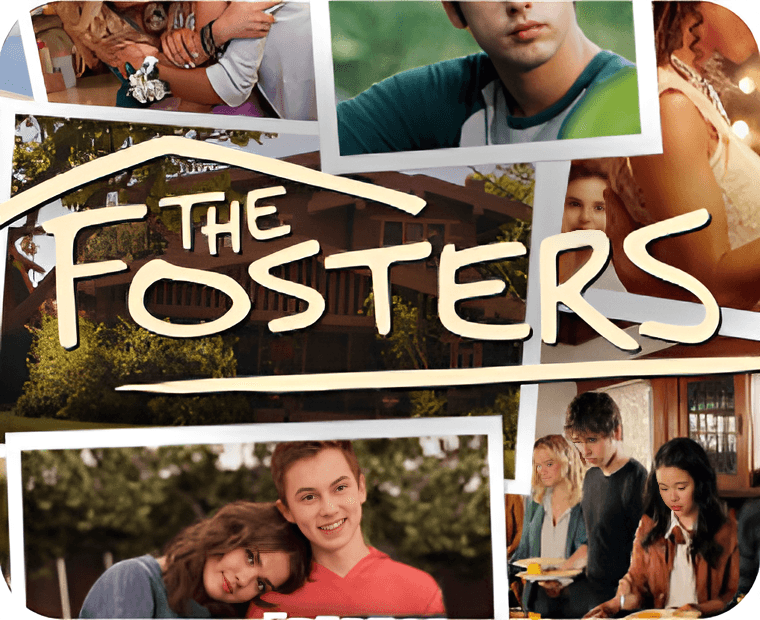Learning the Importance of Acting Technique in Singapore
While furthering your acting education is a crucial stepping stone for a thriving career, it goes beyond just technical expertise. This is your chance to truly delve into the world of acting, where passion and dedication fuel the immense value of learning various techniques and methods. These methods can unlock doors to roles in Singapore's entertainment scene that you might not have ever envisioned for yourself. Furthermore, a strong educational foundation will bolster your confidence as a newcomer navigating the industry. You might want to get new headshots to go with your new skills.
As an aspiring actor in Singapore, don't be afraid to push your boundaries and delve into new acting techniques. This openness will help you discover the methods that resonate most deeply with you. Remember, there's a vast universe of techniques to explore on your acting journey. Keep in mind that your primary goal is to constantly learn and grow as an actor, building a strong foundation for a successful career. Ultimately, the methods that work best for you will be those that unlock your unique talents and skills. Be sure to check out the latest casting calls and put those skills to use.
Meisner's Acting Technique
In Singapore, acting instructors like Sanford Meisner champion the concept of "truthful acting." This approach, developed by the renowned Sanford Meisner, emphasizes the importance of actors behaving truthfully even in fictional circumstances. The Meisner technique goes beyond logic, encouraging actors to respond authentically to emotional cues, placing their hearts before their heads. By prioritizing emotional truth, this technique allows actors to deliver performances that resonate deeply with audiences, not just in Singapore but internationally.
The Meisner technique relies on three key elements working together: emotional preparation, repetition, and improvisation. To achieve an "emotionally alive" state entering a scene, Meisner instructs actors to draw from their own life experiences. Actors can use imagined situations or personal memories to connect with their character's emotions. However, this prepared emotion is only meant for the scene's beginning. From that point on, all actions and reactions should stem naturally from the interactions with other actors in the scene. This dynamic fosters a collaborative environment within the scene, where actors build on each other's contributions.
Meisner employed repetition exercises to cultivate his students' observational skills and instincts. He believed that repetition freed actors from overthinking, enabling them to rely on their innate instincts. Meisner taught that these authentic instincts, prompted by interactions with others in the present moment, capture realistic human behavior.
While actors in Singapore meticulously prepare, this groundwork ultimately empowers them to improvise and adapt freely during a performance. This aligns with Sanford Meisner's technique, where actors avoid pre-determined choices until prompted by the scene, ensuring their reactions are believable. To achieve this kind of natural improvisation, actors must stay completely present and connected to their scene partners, never missing a beat in the exchange of actions and reactions. This focus on present moment connection fosters a depth of character development, enriching the inner life of each performer on stage.
Stanislavski's System of Acting
Singaporean actors who utilize the Stanislavski Method delve into their own emotional wellsprings to fuel their performances. This approach necessitates that actors unearth and utilize their personal experiences and memories to inform their character's choices and bring scenes to life. By embodying this technique, actors constantly ask themselves, "If this were truly happening to me, how would I react?" Developed by Constantin Stanislavski, the system offers a foundation built upon a series of exercises that guide actors in cultivating a realistic and believable acting style.
The influence of Konstantin Stanislavski's work fundamentally altered how actors studied human behavior. Stanislavski possessed a remarkable ability to observe people in their everyday lives, and this skill is a reason he is often compared to Sigmund Freud. Both Stanislavski and Freud captured the public's attention with their theories about the human psyche, though their ideas also ignited considerable controversy and debate. In Singapore, acting instructors and performers have extensively adopted Stanislavski's techniques, making them a cornerstone of acting education and practice in the country.
Stanislavski's theories do not adhere to a fixed checklist because he was constantly evolving and developing new concepts. He consistently encouraged his actors to explore novel techniques, leading to variations in the training of his students over the years. We can broadly categorize Stanislavski's work into two phases: early Stanislavski and late Stanislavski. During his early career, his primary focus was on creating vibrant and believable characters on stage. His techniques of that era centered largely on psychological exercises, including detailed table readings and urging actors to personally experience the emotions and actions of their characters.
Stanislavski's later years saw him championing a balanced approach to acting that combined internal character development with external, stage-ready actions. In his view, the most effective acting arose from the seamless merging of an actor's inner life with specific actions they could perform on stage. This shift in his thinking, evident when comparing his early and later work, had a profound global impact on acting techniques and schools. Even renowned American acting teachers like Lee Strasberg and Stella Adler were influenced by his ideas. As you begin your acting journey in Singapore, understanding and applying these techniques can be a powerful asset to your budding career.
Lee Strasberg's Method
This acting method emphasizes bridging the gap between actor and character. Actors are invited to weave the character's experiences into the fabric of their own lives. This pursuit of deeper understanding allows actors to inhabit their characters' emotional landscape fully, resulting in a performance that resonates with genuine authenticity and captivates the audience.
In Singapore, actors can achieve remarkably realistic portrayals through method acting, an approach that emphasizes fully embodying their characters. The journey begins with tension release, a technique pioneered by Lee Strasberg. To create a blank slate, actors meticulously identify and release any physical tension before diving into the character's world.
Following this release comes a focus on intention and heightened awareness. Actors sharpen their sensory perception by deliberately focusing on specific sights, sounds, smells, touches, or tastes. By filtering out distractions, they achieve a heightened state that allows them to replicate these sensations authentically during their performances.
Actors rely on sense memory, which is like Stanislavski's affective memory, to tap into their own past sensations. These sensory details, like sights, sounds, smells, tastes, and touches, fuel the emotions and feelings they need to portray the character's situation authentically.
The final step involves identification and replication, where actors use these memories to generate genuine responses. However, Strasberg differed in his view. He believed actors shouldn't simply imitate, but rather use their artistic discretion to mold the character's essence. This collaborative process involves working alongside the writer and director to bring the character to life.
The emphasis on identifying and replicating intricate stimuli can sometimes lead to extreme measures. In the pursuit of detailed immersion, some Method actors in Singapore and elsewhere choose to fully immerse themselves in their character's environment, as exemplified by Robert De Niro working as a taxi driver to prepare for his iconic role in "Taxi Driver."
Practical Aesthetics
This technique emphasizes taking initiative and reacting quickly, while also stressing the importance of careful consideration.
Classes on script analysis and performance technique focus on helping actors understand the script's plot and context. Following this analysis, actors then make choices about how to portray their characters.
This technique can be learned at many acting schools throughout the country, including schools in Singapore.
In Singapore, acting focuses on the present moment and what actors are actively trying to achieve in a scene. This technique, developed by David Mamet and William H. Macy, emphasizes analyzing the character's desires and distilling them into specific goals. To personalize this process, actors use an "as if" approach, imagining themselves in the character's situation. The second aspect of this technique is called the Moment. In Moment Lab courses, students participate in exercises like repetition to overcome self-consciousness and learn to fully focus on their scene partner. This allows actors to react spontaneously and authentically based on what they observe in the scene.
The Practical Aesthetics Acting Technique prioritizes honest storytelling that faithfully reflects the playwright's vision. In recognition of its effectiveness, educational institutions actively train students in this method. This equips actors with a foundational set of practical skills that can be continuously honed and applied throughout their careers, proving valuable even in the specific context of the Singaporean acting scene.










